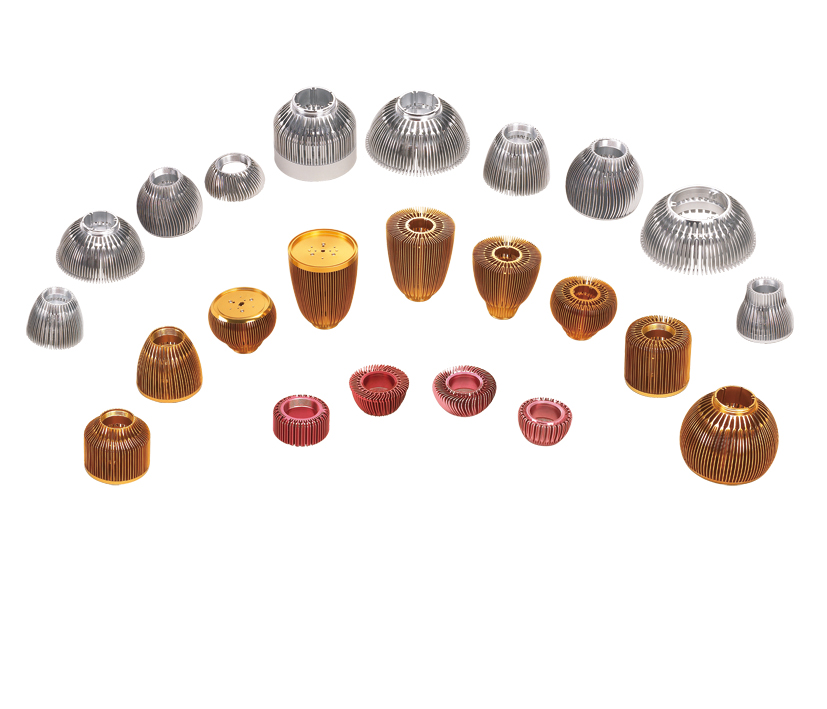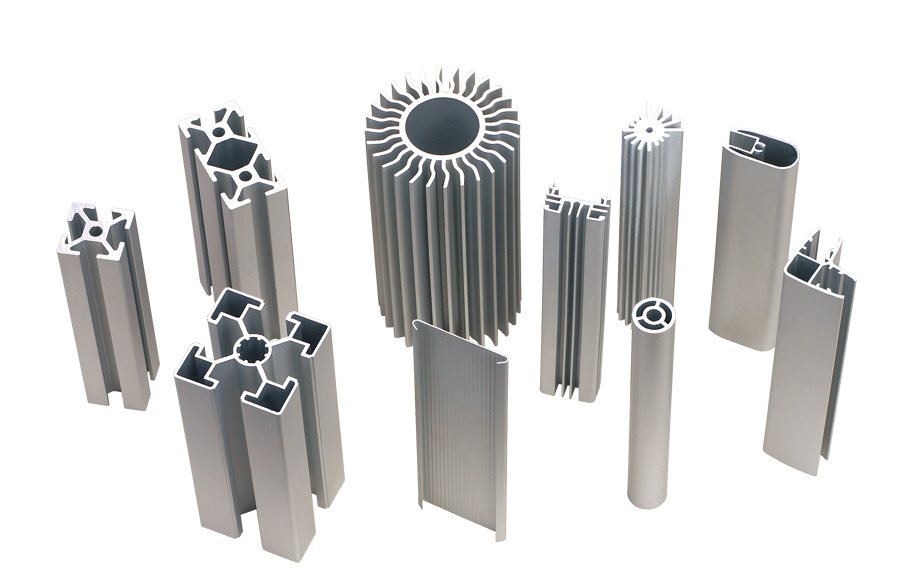Die Casting and Aluminium Extrusion Manufacturer China
Looking for an aluminium extrusion or precision die casting of aluminium or zinc alloy? Working from drawings or samples provided, our expert die casting and extrusion designers and toolmakers will deliver China made extrusions with high tolerance and lowest possible cost. Working closely with you we will select suitable process and alloy to design the tooling to suite your application. Alloy selection will be as per specification or advised based on your requirements. We offer the highest quality aluminium die casting China can provide, keeping the cost low and delivering high quality part. Download our standard aluminium profiles and extrusions catalogue.
Quote Aluminium Extrusion or Die Casting
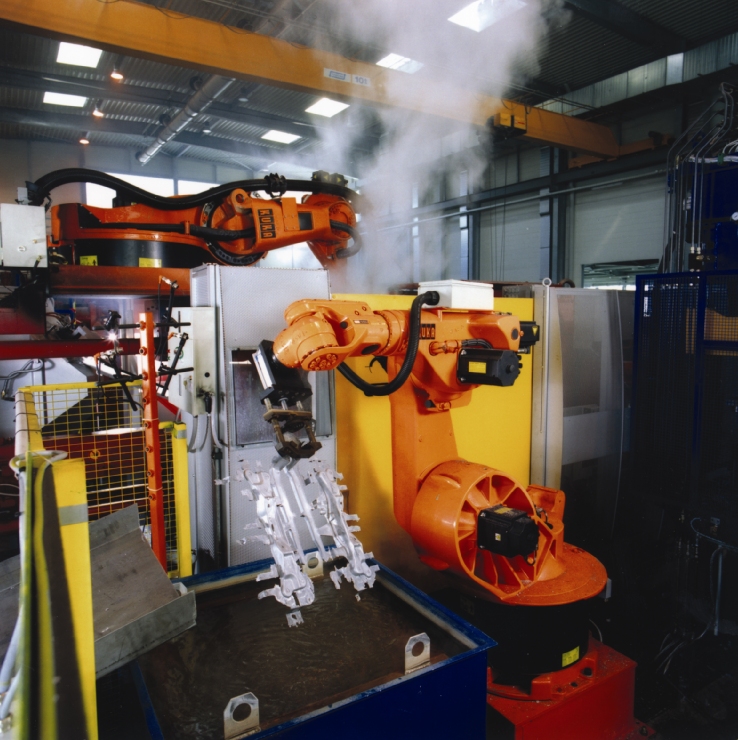
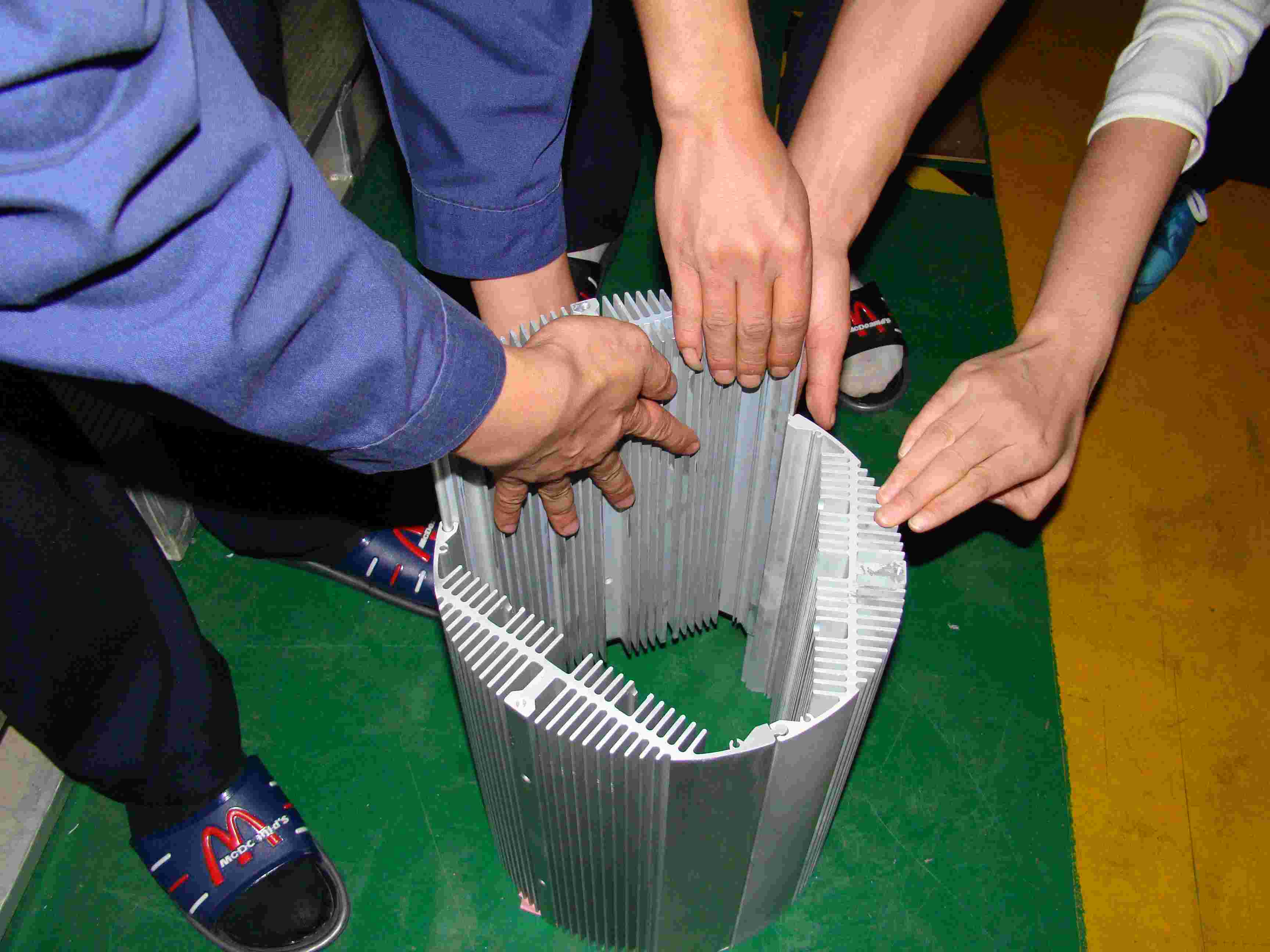
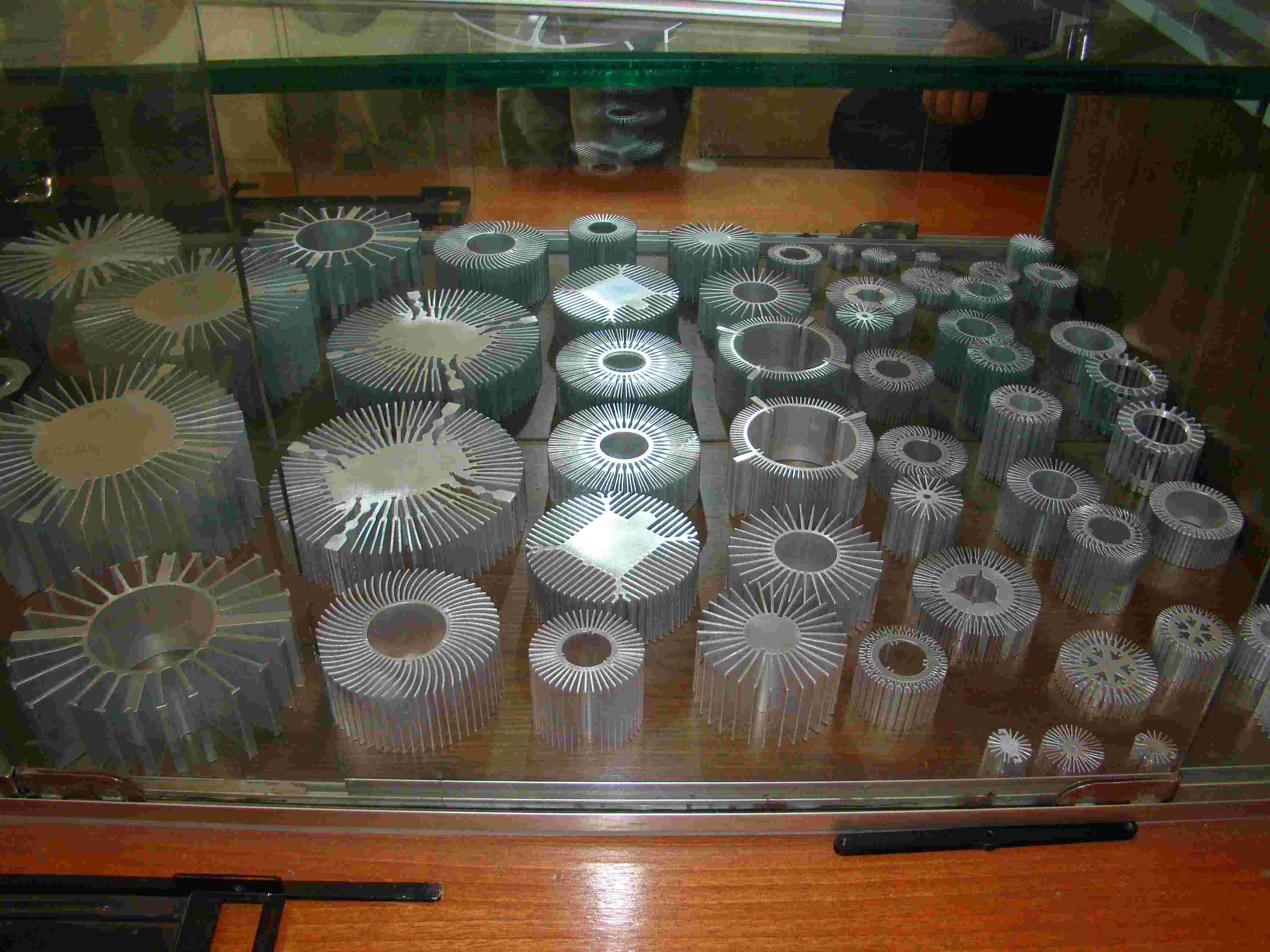
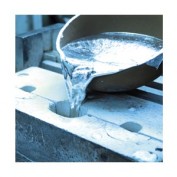
Aluminium Die Casting Process
Die casting is a process of casting Aluminium, Zinc and Copper alloy under pressure, which can produce precision parts in high volume at low costs. There are two processes of aluminium die casting namely hot chamber die casting and cold chamber die casting. Die casting machines are typically rated in amount of pressure they can exert on the die. Regardless of their size, the only fundamental difference in die casting machines is the method used to inject molten metal into a die. A complete die casting cycle can vary from one second for small components to minutes for a casting of large part, making die casting the fastest technique available for producing precise metal parts. A top Aluminium extrusion China manufacturer will offer the fastest methods of production for a fraction of the regular cost in other countries. That’s what we provide, plus other services you’ll find from a top of the line copper extrusion manufacturer.
Advantages of Aluminium Die Casting
- Die casting is economical process offering a wide range of shapes of components than any other manufacturing technique.
- Die casted parts have long service life and can be manufactured to complement the visual appeal of the final product. Designs can benefit by utilizing die cast parts.
- Die casting deliver complex shapes and high dimensional accuracy and stability than many other mass production processes. Some machining may be required depending on the design
- Die cast parts are stronger than plastic injection moldings having the same dimensions. Thin wall castings are stronger and lighter than those possible with other casting methods.
- Die cast parts can be produced with smooth or textured surfaces, and they can be easily finished with a minimum of surface preparation.
- Die castings can provide integral fastening elements as part of the design. For many parts, post-machining can be totally eliminated, or very light machining may be required to bring dimensions to size
Cold chamber hot chamber process explained:
In a cold chamber process, the molten metal is ladled into the cold chamber for each shot. There is less time exposure of the melt to the plunger walls or the plunger. This is particularly useful for metals such as Aluminium, and Copper (and its alloys) that alloy easily with Iron at the higher temperatures.
In a hot chamber process the pressure chamber is connected to the die cavity is immersed permanently in the molten metal. The inlet port of the pressurizing cylinder is uncovered as the plunger moves to the open (unpressurized) position. This allows a new charge of molten metal to fill the cavity and thus can fill the cavity faster than the cold chamber process. The hot chamber process is used for metals of low melting point and high fluidity such as tin, zinc, and lead that tend not to alloy easily with steel at their melt temperatures.
Aluminium Extrusions
Extrusion is the process by which long straight metal parts can be produced. The cross-sections that can be produced vary from solid round, rectangular, to L shapes, T shapes. Tubes and many other different types. Extrusion is done by squeezing metal in a closed cavity through a tool, known as a die using either a mechanical or hydraulic press.
Extrusion produces compressive and shear forces in the stock. No tensile is produced, which makes high deformation possible without tearing the metal. The cavity in which the raw material is contained is lined with a wear resistant material. This can withstand the high radial loads that are created when the material is pushed the die. Extrusions, often minimize the need for secondary machining, but are not of the same dimensional accuracy or surface finish as machined parts.
Cold Aluminium Extrusion: Cold extrusion is the process done at room temperature or slightly elevated temperatures. This process can be used for most materials-subject to designing robust enough tooling that can withstand the stresses created by extrusion. Examples of the metals that can be extruded are lead, tin, aluminium alloys, copper, titanium, molybdenum, vanadium, steel. Examples of parts that are cold extruded are collapsible tubes, aluminium cans, cylinders, gear blanks. The advantages of cold extrusion are:
- No oxidation takes place.
- Good mechanical properties as long as the temperatures created are below the re-crystallization temperature.
- Good surface finish with the use of proper lubricants.
Hot Aluminium Extrusion: Hot extrusion is done at fairly high temperatures, approximately 50 to 75 % of the melting point of the metal. The pressures can range from 35-700 MPa (5076 - 101,525 psi). Due to the high temperatures and pressures and its detrimental effect on the die life as well as other components, good lubrication is necessary. Oil and graphite work at lower temperatures, whereas at higher temperatures glass powder is used.
Typical parts produced by extrusions are trim parts used in automotive and construction applications, window frame members, railings, aircraft structural parts.
Aluminium Forging – overview why Forged Aluminium is a alternative Solution for Many Applications
Over the last few years many industry sectors are starting to display increasing interest in use of light alloys replacing steel has possibly overlooked the tried and proven technology of forging aluminium in a wide range of applications. Some of the emerging casting technologies deserve attention when considering fabrication options available to the designer, but the characteristics of relatively simple forged components often provide the desired weight and strength at lower cost. These characteristics are clearly understood by some designers, as some new products are planned to be introduced in the near future with forged aluminium as the preferred means of fabrication.
Strength
Forged and heat treated common aluminium alloy (SG=2.7) exhibit some mechanical properties comparable with steel (SG=7.8), offering greater strength to weight ratio. For example alloy 2014-T6 has typical UTS of 485MPa, exceeding many grades of steel, and all commonly used Al and Mg casting components. Unlike some casting processes, forging is always porosity free thus allowing simple heat treatment processes that improve mechanical properties. The low cost 6061 Al attains typical values of 310MPa, which is also superior to A356 casting alloy whether that alloy is semi-solid cast, squeeze cast or gravity cast. Further fabrication by welding is also available with 6061 aluminium forgings and is common in China. This strength comparison is only on the published data, and so what is not being reviewed is the clear advantage forged aluminium exhibits over all other wrought product, when the forging has been designed to provide optimum grain structure to suit the application. A combination of hot and cold working the alloy can allow strength considerably in excess of the “typical value”, allowing a single process to greatly assist both static and fatigue test results, and so should be considered when assessing a new application.
Lead-Time
Forging die can be designed and manufactured in China in about 3 to12 weeks depending on the size and complexity. Forging company also manufacture it’s own tooling which give us great control in both constructing tooling and undertaking revisions and die maintenance. We are well positioned to provide quick lead-times if nesesary.
Surface Finish
A wide range of surface finishes can be produced with forging, from very smooth surfaces to relatively sharp serrations, sandblasting and anodizing. Alloys like 6061 have anti-corrosion characteristics without any further surface treatment at all.
Cost
In the designs where several fabrication options are viable from the functional perspective, cost is major driver. Forging tooling is generally cheaper than high-pressure die cast tooling, and the production rate is higher. Offsetting this is higher raw material costs associated with the necessary alloying of raw materials to provide desirable heat treatable characteristics. Consequently, many aluminium forgings are used in highly stressed applications.
Design Flexibility
Not all shapes can be forged, it is important to review the manufacturability of a proposed design as soon as possible in the design stages to ensure that optimum contours are suggested by the forging shop and the toolmaker. The increased use of CAD modelling packages and related 2D drawings allow our clients to transfer models to us in the design phase to have suggestions on, for example parting-line position to provide optimum strength. Fatigue life may be an issue in some applications, and so if a product is migrating from a steel equivalent, then a review of fatigue stresses may be desirable so that all performance criteria are met with a new aluminium part. Most aluminium forging is closed-die, the history of aluminium forging sees a large number of very large open die forgings used in the aircraft industry. Consequently the physical size of the component may not restrict the use of a forged component although initially it may appear a daunting task.
Choosing the Proper Alloy for Die Casting or Extrusion Process
Each of the metal alloys available for die casting offer particular advantages for the completed part.
Zinc - The easiest alloy to cast, it offers high ductility, high impact strength and is easily plated. Zinc is economical for small parts, has a low melting point and promotes long die life.
Aluminium - This alloy is lightweight, while possessing high dimensional stability for complex shapes and thin walls. Aluminium has good corrosion resistance and mechanical properties, high thermal and electrical conductivity, as well as strength at high temperatures.
Magnesium - The easiest alloy to machine, magnesium has an excellent strength-to-weight ratio and is the lightest alloy commonly die cast.
Copper - This alloy possesses high hardness, high corrosion resistance and the highest mechanical properties of alloys cast. It offers excellent wear resistance and dimensional stability, with strength approaching that of steel parts.
Lead and Tin - These alloys offer high density and are capable of producing parts with extremely close dimensions. They are also used for special forms of corrosion resistance.
Die design
Die casting is one of the fastest and most cost-effective methods for producing a wide range of components. However, to achieve maximum benefits from this process, it is critical that designers collaborate with the die caster at an early stage of the product design and development. Consulting with the die caster during the design phase will help resolve issues affecting tooling and production, while identifying the various trade-offs that could affect overall costs.
For instance, parts having external undercuts or projections on sidewalls often require dies with slides. Slides increase the cost of the tooling, but may result in reduced metal use, uniform casting wall thickness or other advantages. These savings may offset the cost of tooling, depending upon the production quantities, providing overall economies.
